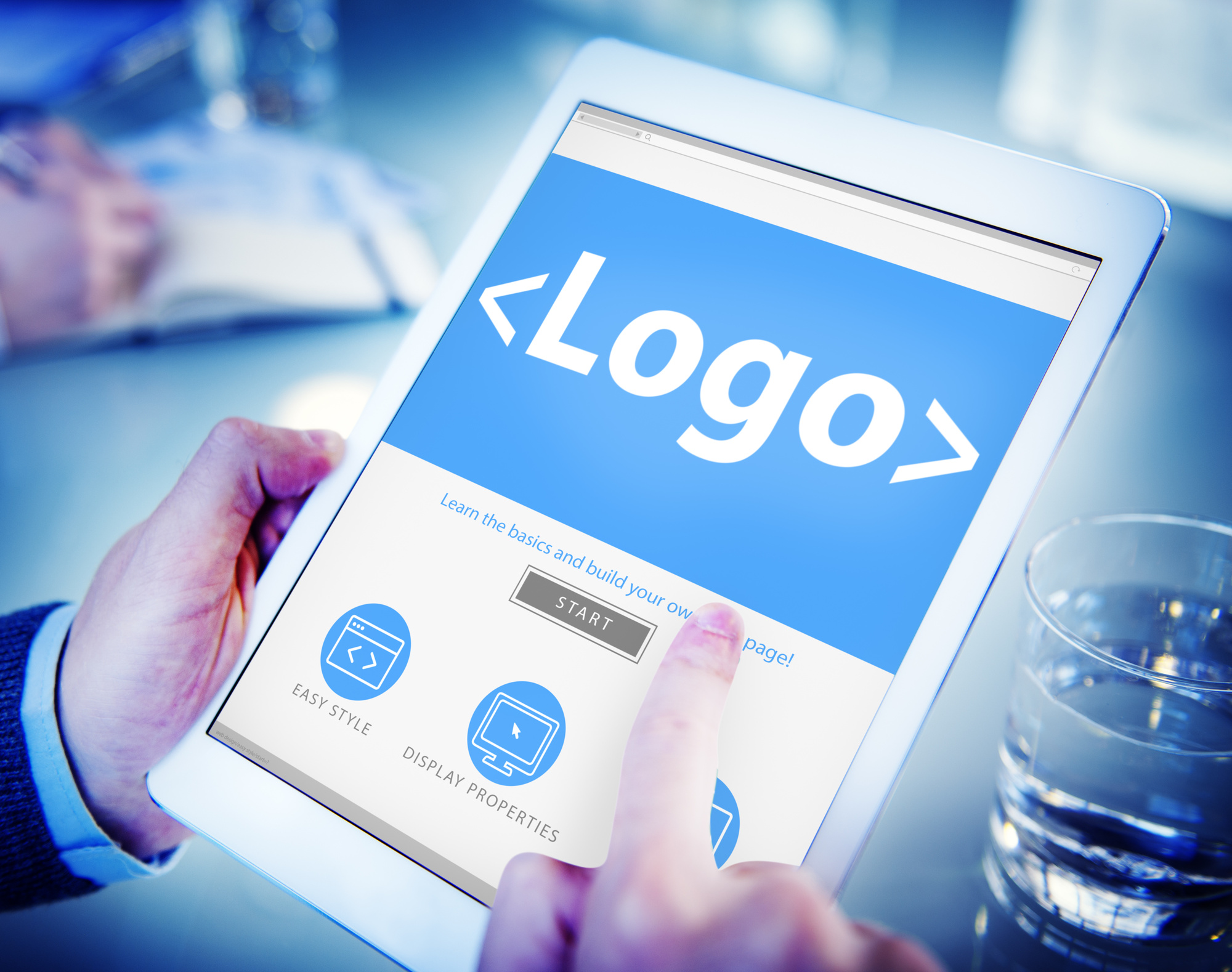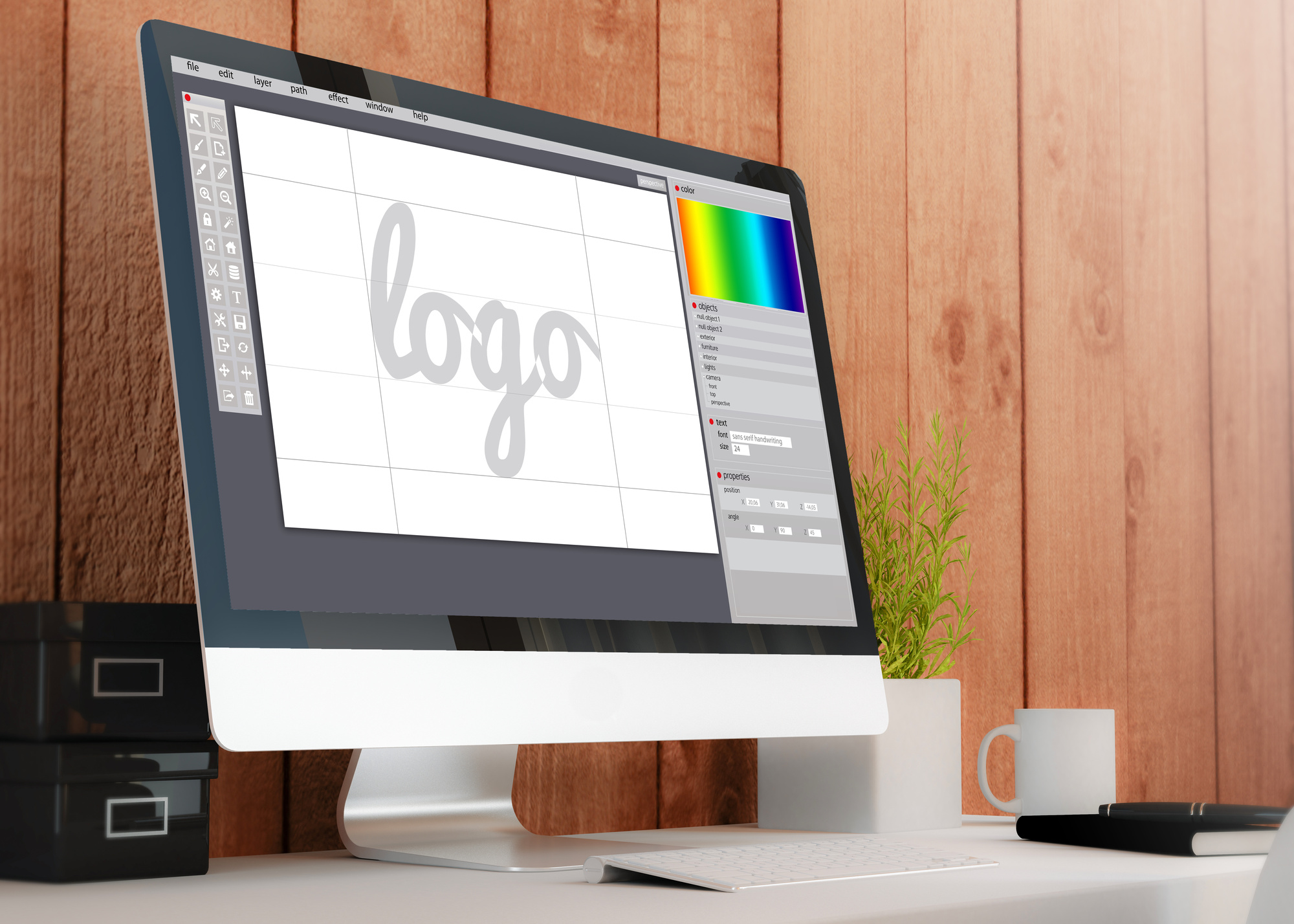Perfect Presents: How to Customize Gift Ideas
Posted on January 18, 2023 by Logo Design Tips and Tricks

Are you worried about finding the perfect gift for someone? In 2020, the global market for personalized gifts was worth USD 26.6 billion.
Considering the amount of care and thought behind gifts, it’s no surprise they come with quite a bit of pressure.
What do they like? Is it expensive enough? Are you sure?
Sound familiar? Please don’t panic; we’re here to help! This article will go through some customize gift ideas perfect for your event.
Let’s go!
Picking the Perfect Present
Picking the perfect present can be challenging because we all want to give our best and make our loved ones happy. Customizing gift ideas can make this journey much easier as it allows us to consider the person’s tastes and preferences in the present.
One way to customize a present is to consider the person’s hobbies and interests. For example, if someone is into sports, one could find a personalized jersey that would be an ideal gift.
Another way is to choose something that is tailored to their lifestyle. This could be a piece of furniture they can proudly display, a part of jewelry they can wear, or a book they can read and cherish.
Ultimately, when it comes to perfect presents, customization is critical. It is the only way to ensure that the gift is meaningful and unique to the recipient.
Make Your Gift Stand Out
The best present is one that is customized and personalized to the recipient. Consider their hobbies, interests, and style to make your gift stand out. For example, if they like to cook, get them a recipe book personalized with the recipient’s name.
If they’re into photography, a stylish photo frame with a unique photo of you and them together. If they like doing arts and crafts, an art set with their name engraved is a perfect touch.
Put extra thought and effort into wrapping paper and cards. Think outside the box and extraordinarily present the gift, like in a picnic basket. In the end, nothing beats a personalized gift that has been thoughtfully put together and tailored to the person.
If done right, you can make your present stand out and make it a truly memorable experience for them. If you consider a custom gift, you can custom koozies fast.
Creating Something They’ll Remember
Gifting presents to loved ones is art, as every recipient has different wants and needs. It’s essential to customize gift ideas to ensure whatever is given feels special and will be remembered.
A gift doesn’t need to be expensive, but taking the time to make presents memorable is critical. Thinking of who the gift is for and how it can benefit or please them will help create something unique for them. Putting thoughtful touches on the present, like adding their name or an endearing phrase, adds a personal touch.
A homemade gift is another way to customize an item. Designing something special like a collage, journal, painting, or another art project can make a lasting impression. Activity-based gifts can also create memories, like tickets to a sporting event or a scenic train ride.
A perfect present follows the mantra, “it’s the thought that counts,” as the feeling and memories behind the gift will stay with them forever.
Brainstorming Ideas
Brainstorming ideas is the foundation of perfect presents and customizing gifts. Start by listening to the individual’s interests and passions. Take the time to know what the person loves and engages in. Ask for their opinions and confirm with their friends when possible.
Let the giver’s personality and thinking to be part of the brainstorming process. Consider activities, hobbies, movies, books, and other popular interests. Pay attention to every little detail. Minor things can provide a pleasant surprise and make the perfect present.
Look for something personally meaningful and unique to the recipient, something they will enjoy, appreciate, and remember. Make them feel special so that they reflect the present, not just the giver. The giver can easily customize the perfect gift with the right brainstorming ideas.
Gift Wrapping Tips
Customizing gift ideas is essential for personalizing the present to the individual. The gift is only half the equation when picking the perfect present for a friend or loved one. Knowing the right way to wrap, decorate, and present the package can make all the difference.
When shopping, take the time to compare different options until you find the one that is the perfect fit! It’s essential to consider the occasion, the person’s taste, and the wrap and ribbon they will use. Remember to get creative and think outside the box.
Personalize your gifts with homemade wrapping paper, gift cards, or small touches of personality. The gift may be what they have always wanted, but having it adequately customized to their style and taste can drive the idea home. You can take any advantage from ordinary to extraordinary with the right wrapping tips and tricks.
Perfect Presents on a Budget
When buying presents on a budget, there are plenty of ways to customize perfect gifts for the recipient. First, determine the recipient’s interests and find items they like within your price range. If you are buying a gift for a child, consider creative things such as a personalized story or poem.
You can also look for homemade gifts, such as a card filled with drawings and quotes. Additionally, take advantage of online resources and discounts to purchase items that fit the recipient’s interests and budget.
Finally, you can consider non-tangible gifts such as a spa day or membership, a monthly or yearly subscription to a podcast or streaming service, or a donation to their favorite charity.
Choose the Best Customize Gift Ideas
Finding the perfect present can be difficult. But by understanding the recipient and researching customize gift ideas, gift-givers can ensure the present is a hit. So don’t wait any longer; start searching for that perfect present today!
For more helpful tips, check our site today.
Common Mistakes to Avoid When Designing A Technology Logo
Posted on January 18, 2023 by Logo Design Tips and Tricks

Did you know 94% of the world’s population recognizes the Coca-Cola logo? This fact highlights how important branding can be for your business, which means you need an outstanding logo design.
But what are some common mistakes to avoid when designing your technology logo? Your logo will be part of your brand for many years to come, and you’ll want it to give the best possible impression to your customers. While there are many logo design variables to consider, there are several typical mistakes you can sidestep during the design process.
Keep reading to learn more.
Not Doing Your Research
You probably already have a few ideas for how you would like your technology logo to look. But, have you considered if your customers would also find it appealing? If not, you could end up with a logo that you like, but that your clients find unattractive.
Rather than spending time trying to second-guess what logo design people would like, you can ask an external firm to carry out research on your behalf.
This will give you more time to work on research initiatives and project innovation. Of course, if you also want to speed up these processes, you can read more about OTAs.
Making Your Logo Too Complicated
Technology company logos can look overly complicated if you try and fit too much in. While you may provide multiple solutions to diverse industries, you don’t have to convey this in your logo. Think about the core aims of your business and consider how you could display them as simply as possible.
Another solution is to make your brand name your logo and present it in an interesting font and engaging colors.
Using the Wrong Colors
Choosing the right colors can be the difference between your logo looking amazing, or barely attracting attention. If you run a vibrant company that’s full of energy, you could opt for lively and vivid colors such as bright red or green. Alternatively, if you want to give a more serious impression, you could choose navy or silver.
Whichever colors you select, they should reflect your company’s spirit and approach to its work.
Trying to Be Trendy
While you may want a modern technology logo, it’s important not to pick a symbol just because it’s related to current trends. For example, including a hashtag in your logo could be a mistake if this social media tag is no longer used in the future. Instead, try and choose a logo design that’s timeless and isn’t connected to current fads.
Design an Eye-Catching Technology Logo
When you avoid the most common mistakes, you can design an incredible technology logo. It’s important to find out what type of logos your customers would prefer to see, and to make sure your logo isn’t too complex. You should also make sure your logo colors fit with your overall company ethos, and consider if your logo design will still look fantastic if trends change.
This can help you design a technology logo that gets noticed!
Before you rush off to design your logo, check out more of our helpful blog posts.
Home Appliance Repair Near Me: How To Choose the Right One
Posted on January 16, 2023 by Logo Design Tips and Tricks

Your home appliances are critical components of your quality of life. They make your life easier, are incredibly beneficial to your health, and even make your own home more valuable!
That’s why it’s so important to find good appliances, ones with high performance and lifetime value. The only problem is, with so many choices, it can be hard to know where to begin.
Here’s a quick guide on all you need to know when choosing the right home appliance repair near me.
Ask for Referrals
Asking for referrals from friends, family, neighbors, and colleagues is one of the best ways to find a reliable home appliance repair service. You can collect referral information from people who have used similar services before.
This assures you that you are receiving quality service. Get contact details of the technicians they used and compare the services offered with other repair shops in the same area.
Read Customer’s Review
The best way to find the right appliance repair service is by reading reviews from past customers. This is a great way to find out about the quality of their service and the skills of their technicians.
Checking reviews from customers is also a great way to get an idea of the prices they charge and compare rates from different places. Reviews are also a great way to learn about the company’s customer service.
Check Experience and Certificates
When looking to hire an appliance repair service, it is always important to check experience and certificates. Check that the technician is properly licensed and certified. Ask for references from previous clients to get an idea of the technician’s experience, accuracy, and resourcefulness.
Inquire how long they have been in business, how much experience they have, and if they specialize in your type of repair. It is also a good idea to research the company online to read customer reviews and to get an idea of the quality of their work.
Look for Insurance
In choosing the best appliance repair service, it is important to consider the reliability and reputation of the company. Homeowners should take the time to review the company’s references and look for any signs of complaints.
Additionally, to make sure the company has the right insurance, ask specifically if there is a liability policy in place and that it is up to date. Home repair services that are properly insured will protect their customers against any property damage or bodily harm that may occur during the repair process.
Ask for the Services Offered
When researching home appliance repair services, ask for the services offered. Knowing what services ahead of time can ensure that the repair service you select can provide the type of repair you need. The most common services offered include repairs to:
- dryers
- refrigerators
- dishwashers
- washing machines
- microwave ovens
- stoves/ranges
You should also ask if they have the source parts of your appliance. This is because if you try to find dryer parts and other appliance parts yourself, it might be hard. Additionally, some repair services can provide maintenance services.
Choosing the Right Home Appliance Repair Near Me
Choosing the right home appliance repair near me can be hard. You should do research, make sure to read reviews and speak with potential candidates to ensure you select a reliable home appliance repair near me.
With the right advice, your home appliance repair will be fixed quickly and correctly with minimal hassle. Start searching for your local appliance repair professional today and get the help you need!
If you want to read more articles, follow our daily blog post.
The Reasons Why Your Small Business Needs an Effective Logo
Posted on January 12, 2023 by Logo Design Tips and Tricks

A strong brand identity and logo give small business owners a competitive edge. They help you attract the customers you want in the ways you want them to approach your business. And that gives your business the best shot at success.
But what is a brand identity, and what is a logo really doing for your business? And how can you get the most from your business’s logo?
If you own a small business, look at everything you should know about why your small business needs an effective logo.
Stand Out From the Competition
A successful logo is a critical component of running a small business towards success in standing out from the competition. It will create a unique and recognizable identity. This will give potential customers an immediate insight into your business.
It will also help your business to differentiate itself from competitors. A logo provides a symbolic representation of your business. This allows you to quickly and conveniently be identified and memorable.
Brand Recognition and Legitimacy
An effective logo will bolster the brand recognition of your small business. It can create a distinct brand identity that can be easily recognized. It also shows clients that your business is a legitimate and respected organization and thus can be trusted.
It can also establish trust and build relationships with current and potential customers. You must design an effective logo encapsulating its unique and memorable value proposition and services. This ensures the most impact and effectiveness.
Enhance Your Online Presence and Marketing Efforts
An easily recognizable logo on your website and great content from the best local SEO consultant will instantly let people know who your business is and what it is about, and it will stay in their minds for a long time. It will also create an emotional connection for potential customers when seen in your marketing campaigns, which can be a powerful tool for building brand loyalty.
An effective logo will be an invaluable asset to your small business and will ensure your online presence and marketing efforts are successful.
Communicate the Right Message
A small business needs to communicate the right message to its target audiences. A logo is the face of the business and should be designed to create a positive impression quickly. It should accurately convey the mission and values of the business and communicate what the business stands for.
It should communicate the message that you have the right products and services. In addition, the logo you create will serve as a visual representation of your brand for years to come.
Small Business Owners Need an Effective Logo for Their Business
All successful businesses need effective logos. They help you appear professional, polished, and credible. Branding is essential, and a great logo is a foundation.
Make your business stand out and make a memorable impression by taking the time as small business owners to craft a meaningful logo. Get started with logo design today!
Looking for more tips on running a successful business? Check out our other pages for more info!








